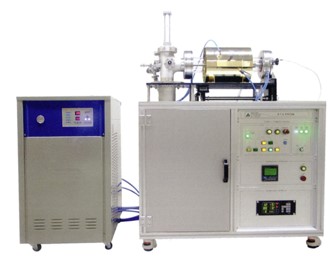

At present, PCD blade welding is rarely used because of its low cost and low investment, so now high-frequency induction heating brazing has been widely used. In the welding process of the blade, some factors will directly affect the performance of the tool after weldings, such as the welding temperature and the choice of flux welding alloy.

In addition to mechanical clamping and bonding methods, PCD composite plates are mostly pressed on the cemented carbide matrix by brazing. The welding methods mainly include laser welding, vacuum diffusion welding, vacuum brazing, and high-frequency induction brazing. At present, high-frequency induction heating brazing with low investment and low cost have been widely used in PCD blade welding. In the process of blade welding, the choice of welding temperature, flux, and welding alloy will directly affect the performance of the tool after welding. In the welding process, the control of welding temperature is very important, if the welding temperature is too low, the welding strength is not enough. In the actual process, the welding temperature can be controlled according to the holding time and the depth of the PCD turning red (generally lower than 700℃). The foreign high-frequency welding adopts the automatic welding technology, the welding efficiency is high, the quality is good, may realize the continuous production. Domestic more use of manual welding, production efficiency is lower, the quality is not ideal.